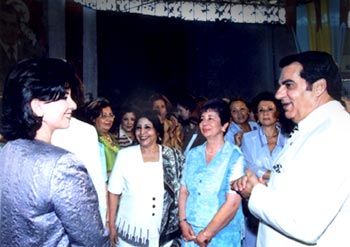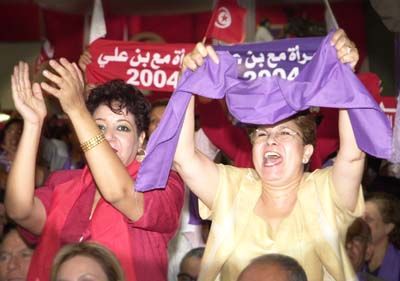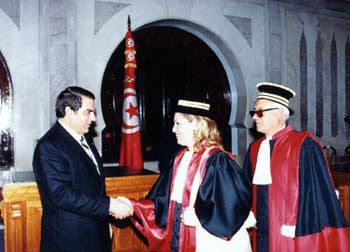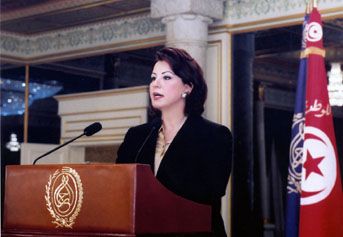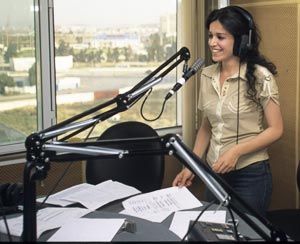 |
| Abstract | library | report of search | Links | Biography | DonNTU Masters |
 |
|
Women in TunisiaA summary of the TunisTunisia is located in the north African continent. From the north and east of the country washed by the Mediterranean Sea, which forms a very mild and temperate climate throughout the country. According to statistical data, the population of Tunisia is 10 million man. The state language is Arabic in Tunisia. Arab Tunisian dialect very specific. Tunisian dialect heavily saturated with words borrowed from the French Since the French protectorate, which ended in 1956, the second in Tunis is the prevalence of the French language, which is so deeply infiltrated into all sectors of national life that its dominance in the 50 - s even forcing the first President of independent Tunisia, Habib Bourguiba, to adopt a law on the protection of the Arabic language. A woman and her role in the republic of TunisiaTunisia - this is probably the only country in the Arab world, where women enjoy equality with men. In Tunisia, a woman is considered to be free compared to other mussulman women, and it does not insist, that the Tunisian woman does not respect Isslama. The truth is that the Tunisian laws do not give women the right to wear the veil. But at the end of 2007, these laws are no longer valid. Compared with other musulman women, the Tunisian woman found a place in society. Unlike most maghrebian and Arab countries, Tunisia is a country urbanized (60% of the residents are citizens). So, the city created more jobs than the village and conducive to the device to work for her. Together with the policy of improving the cultural and living standards of women, this provision has created relatively high proportion of Tunisian participation of women in active life, as evidenced by these statistics: In 1996 some 100 workers are women 30.2 Tunisian woman works in almost all sectors of public life: In Parliament, women constitute 4.16% elected (as against 18% in Europe).
Tunisia, of course, made huge achievements like the emancipation of women, especially if we compare the achievement of Tunisian women with other Arab women. But all the efforts now are aimed at implementing equal rights between men and women. Tunisian women:
presidential action on August 13, 1992 are a real legislative revolution that has contributed to women's rights and consolidated a place that it occupies in the national development.
In this regard, the following figures are eloquent testimony to the wide horizons opened by President Zine El Abidine Ben Ali to raise women to partner with the rank of full rights, along with the man in the construction of modern Tunisia. Success in terms of self
Promotion and monitoring mechanisms for women1 - The creation of the Ministry of Women, Family and Children.
In human resource development ensuring equal opportunities for all levels of education..
Linkssome sites on behalf of the individual: 2.The Commission on the Status of Women 3.Address by President Zine El Abidine Ben Ali
12nd Congress at the opening of the National Union
Tunisian Women (UNFT)
(El Menzah, March 19 2005) 4.certificate of the country 5.Tunisia and the West 6.Address by Mrs. Neziha Zarrouk, Minister of Women Affairs and Family 7.Address by President Zine El Abidine Ben Ali on the occasion of 50 anniversary of the Code of Personal Status 8.Citation Mrs. Leila Ben Ali 9.The participation of Tunisian women in development: the state places on their integration into the labour market 10.Women living under Muslim Law 11.Tunisian women, since the change |
Abstract | Library | Report of search | Links | Biography
© Copyright by DonNTU Jelassi Mariem 2008
